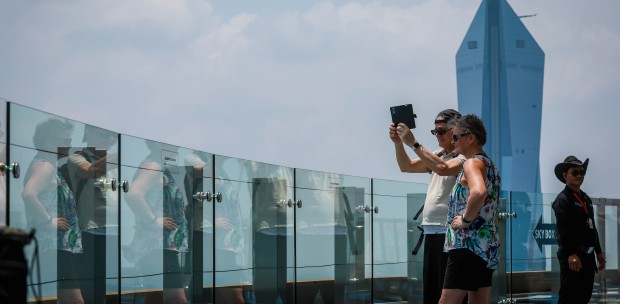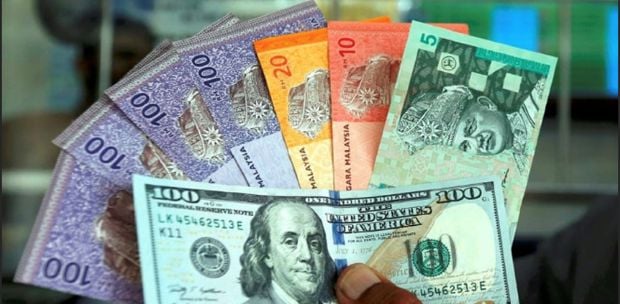LETTERS: Recently, discussions about the decline of the ringgit's value have gripped the nation.
Many have expressed concern about our economy as the ringgit continues to plunge to nearly RM5 against US$1. Therefore, we must take prompt action to address the depreciation.
The Malaysian currency once traded below RM4 against the US dollar.
The genesis of the ringgit's weakness can be traced to 2015, and various perspectives have emerged on the most effective strategies to address this challenge.
Some people think boosting the Overnight Policy Rate (OPR) can stop the ringgit's decline. Others say it doesn't matter if the OPR is high or low; what's more important is attracting more foreign investments.
It is posited that attracting foreign capital hinges not solely on interest rates but on a multifaceted array of factors, such as political stability and low corruption.
Central to efforts to bolster the ringgit is the recognition that fluctuations are primarily influenced by changes in demand and supply in the foreign exchange market.
A surge in demand, a decrease in supply, or a combination of both can strengthen the Malaysian currency. Consequently, efforts aimed at enhancing the ringgit should be strategic.
A potentially effective strategy is attracting more foreign tourists to Malaysia. This has the potential of generating more demand for the ringgit.
Acknowledging tourism's role as an economic catalyst, the government should prioritise and invest in initiatives to entice a greater number of foreign tourists.
By doing so, we will not only foresee positive shifts in currency demand but also contribute to the r
obustness of our economy.
DR MOHD SHAHIDAN SHAARI
Faculty of Business and Communication,Universiti Malaysia Perlis
The views expressed in this article are the author's own and do not necessarily reflect those of the New Straits Times





